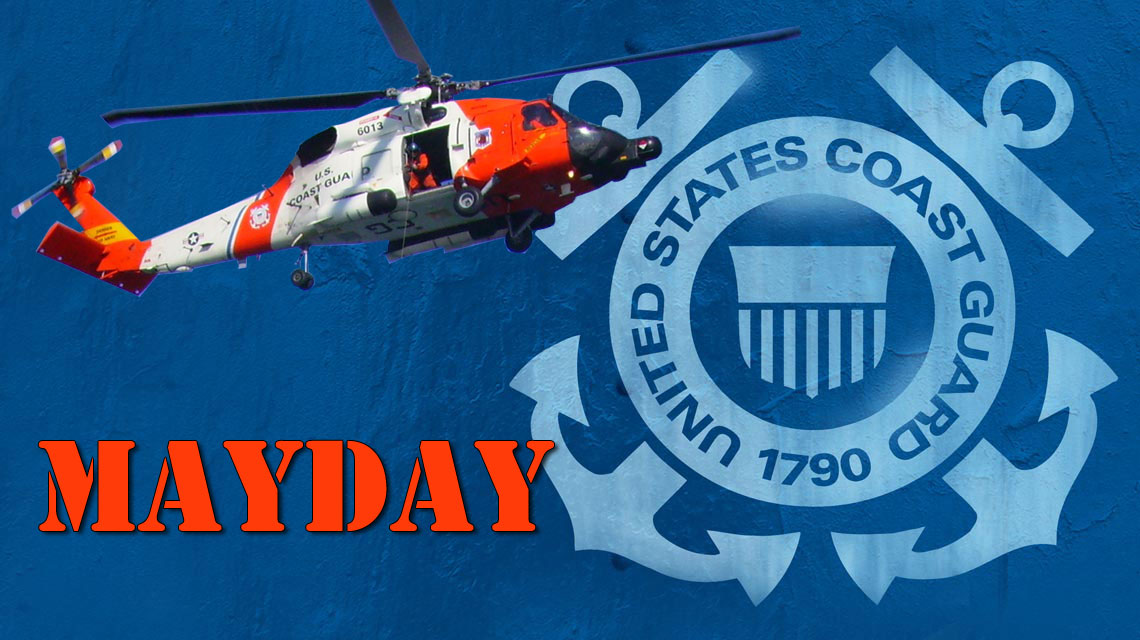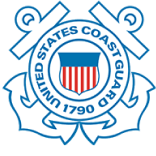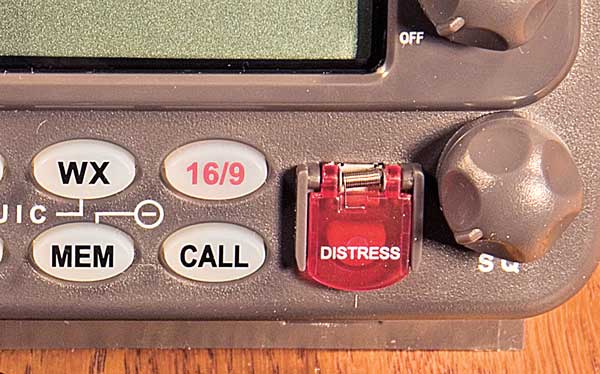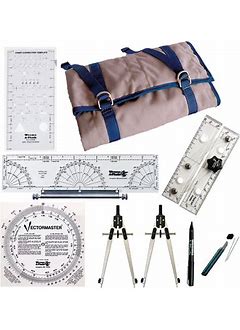1-800-832-7191
Paddling Safety Tips
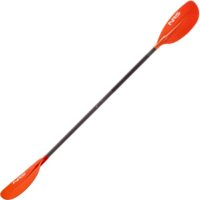
Hello friends. We don’t get to spend a lot of time during our licensing class on Paddling. As a result of this we have put together this article regarding Paddling Safety Tips and general reminders. There are tons of free information on paddling safety throughout the internet. There are tons of paddling safety classes both free and paid for. Don’t go out there with no education. That is simply crazy! Do a little homework and get educated. According to the US Coast Guard 2020 Recreational Boating Statistics 2020 had a spike in fatalities.
PADDLING WHILE INTOXICATED
Firstly, do not paddle under the influence of drugs or alcohol. Probably the most cliché statement in the entire safety universe but especially true on the water. Secondly, these accidents happen in an instant. We all know that drugs and alcohol can reduce reaction time and that may prove to be the difference in life or death. How about having impaired balance on a canoe? Or impaired coordination on a kayak? Thirdly, should a situation arise, you need to meet it with education and experience.
KNOW YOUR ABILITY
This is another popular warning but you must be honest with yourself when planning a trip. Even the most experienced paddlers can be challenged with rough water, white water, or rapids. Beginners have no place in difficult waterways. Know the waters that you are paddling and plan your day accordingly. Changes in weather, tides and water flows can easily turn a calm waterbody that is within your paddling abilities into a deadly environment. Be sure to check before heading out on the water.
FLOAT PLAN
Paddling safety tips must include a Float Plan. Tell someone where you are going, what boat you are taking and when you plan on returning, this is called filing a float plan. This should be filed with a family member, friend, or a marina if they take them. The information helps first responders get to you quickly if you are in need of rescue. It’s always a good idea to list “survival” items on your float plan. You don’t want rescue parties to give up on you too early. Even if you are only planning a few hours on the water, you should call someone to let them know and choose a time you’ll be off the water and call them immediately.
Remember a float plan holder has a serious responsibility. If you tell them 7:30 pm should they wait until 7:45? No they shouldn’t. That 15 minutes could be life and death.
DRESS FOR SUCCESS
Always be in comfortable clothing while paddling. Dress for the time of year. What you choose might save your life. Dress in layers of clothing that will retain body heat. Outer layers like fleece, windbreakers, and rain pull overs that repel water are a great choice. In the colder months a wetsuit can be a great choice as well. A wetsuit is comfortable and obviously meant to keep you dry. Avoid cotton, which stays wet and does not retain heat.
LIFE JACKET
I’m sure you knew this was coming! The majority of paddlers that have died in Connecticut were NOT wearing a life jacket. Subsequently, Connecticut law requires there be a properly fitting life jacket for everyone onboard a manually propelled vessel at all times. In addition, in Connecticut, all paddlers 12 and under must wear a properly fitting life jacket at all times during the year. Furthermore between October 1 and May 31, all adults must wear a properly fitting life jacket while onboard a manually propelled vessel. Consider attaching a whistle to your life jacket. It is not only required on all vessels in Connecticut but also it’s sound travels a lot further than your voice.
Stand-up paddleboards are considered vessels (boats) by the U.S. Coast Guard are are no exception to these rules in Connecticut. Anyone using a stand-up paddleboard must abide by all boating laws.
IMPORTANT SAFETY REMINDERS
Carry a phone in a waterproof bag. On coastal/tidal waters a VHF radio is the best way to call for help. Modern Very High Frequency radios include Digital Selective Calling (DSC). The US Coast Guard can accurately pinpoint the location of a VHF radio transmission via the DSC. Rescuers can now go right to that location faster than using traditional searching techniques. Use channel 16 on the VHF for all SOS and Emergency hailing. It is the international distress, safety and hailing channel for the U.S. Coast Guard. If you are on inland waters, dial 9-1-1.
There are many types of vessels engaged in many different activities on our waterways. Knowing and understanding the basic “rules of the road” will help make everyone’s day on the water much safer and enjoyable. Please DO NOT paddle in the middle of main channels, high traffic areas or interfere with the passage of other boat traffic. Always keep a look out for any and all other vessels.
On the other hand, small paddle craft can be difficult to see. Wear brightly colored clothes to make you and your boat more visible on the water. Beware, that large boats DO NOT stop very quickly. In fact a cargo ship can take one mile to stop! Larger boats do not maneuver quickly and may not be able to avoid a collision altogether. Do your best to stay away. Remember that paddlers do not have any rights on the Pecking Order. Sorry my friends.
The “IF FOUND” sticker was designed to help save lives, recover missing property, and reduce the time, effort and resources expended on non-emergency search and rescues. These are available free from the DEEP Boating Division. More Info
IN CONCLUSION
You must have the ability to apply simple common sense. Be smart, be safe, and there is no room for egos when lives are in your hands.
There are plenty more Paddling Safety tips found at their site but here is an awesome page from the Connecticut DEEP on weather, tides, and streamflow’s: Weather Tides Streamflows (ct.gov)
